Raising Future Decision Makers: Ten Keys to Ethical Choices in Everyday Life
Rabbi Steven Carr Reuben, Ph.D. is a nationally recognized expert in the field of moral education and has written extensively on that topic. In this recording of a community teaching call, he discusses raising ethical children of character and share ten keys to leading your children to ethical choices in everyday life:







